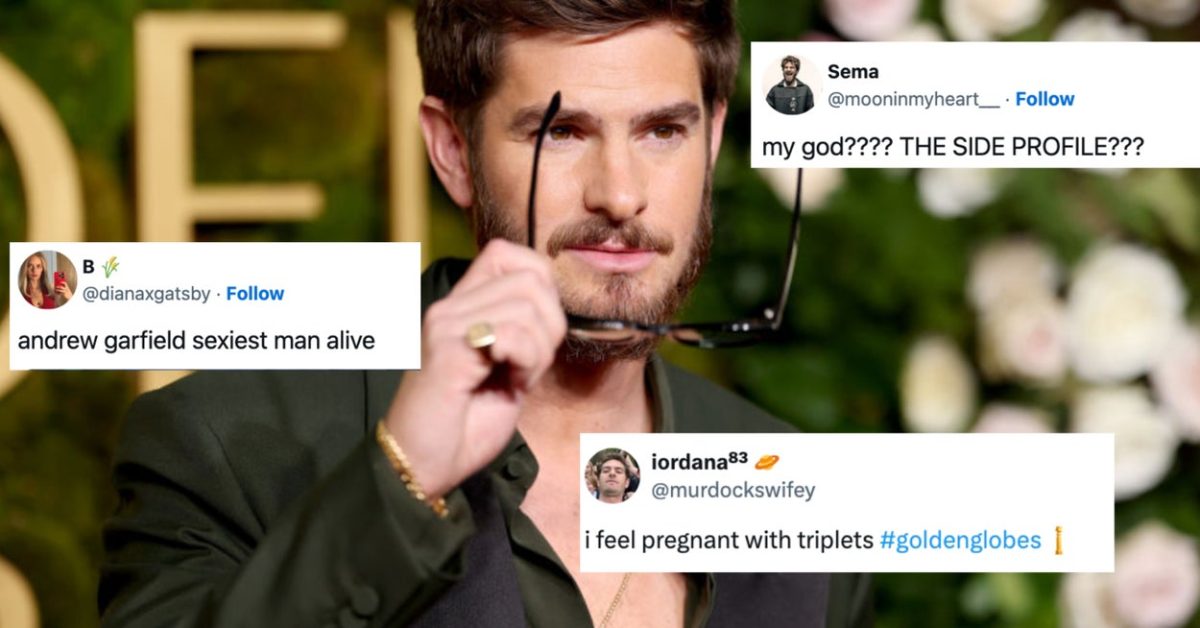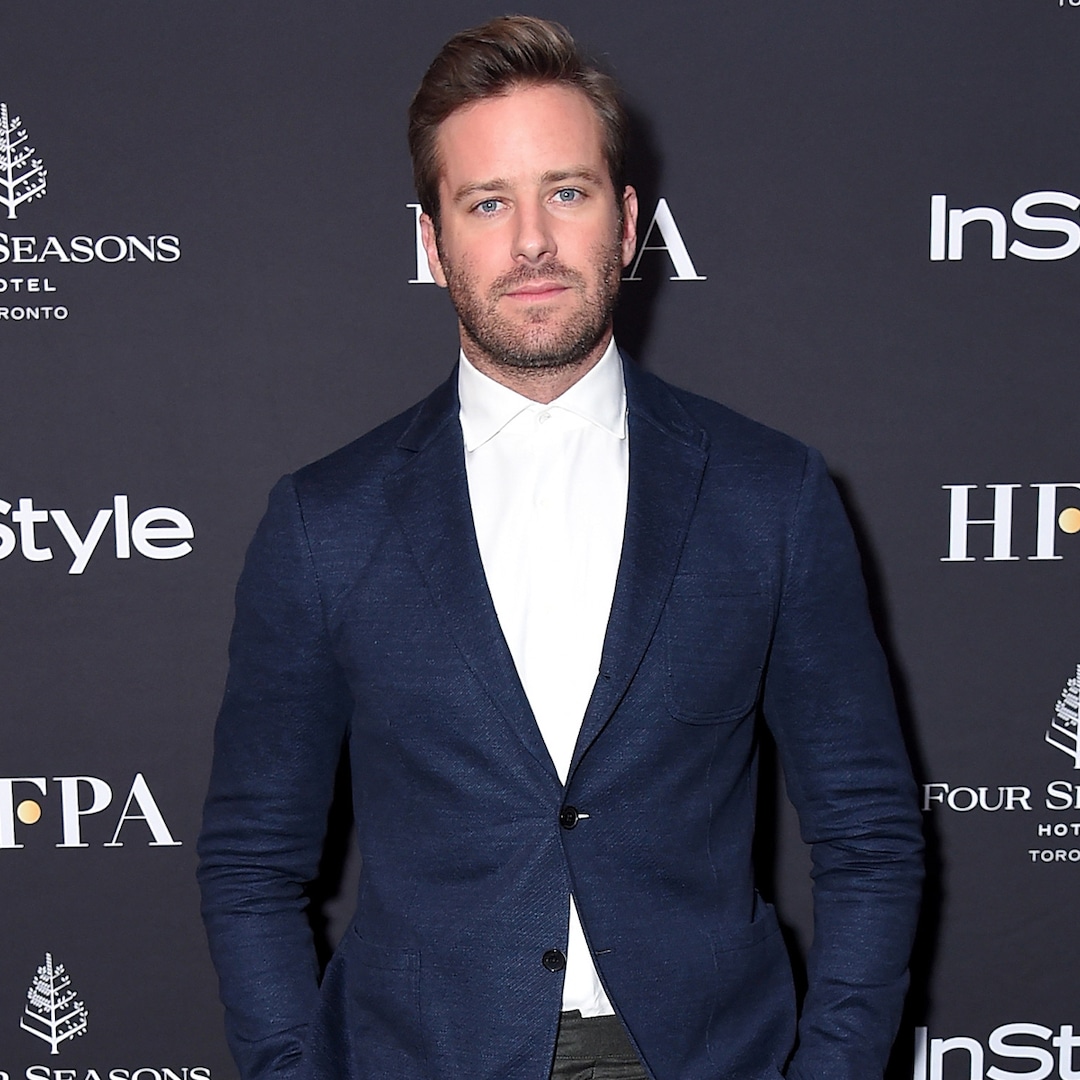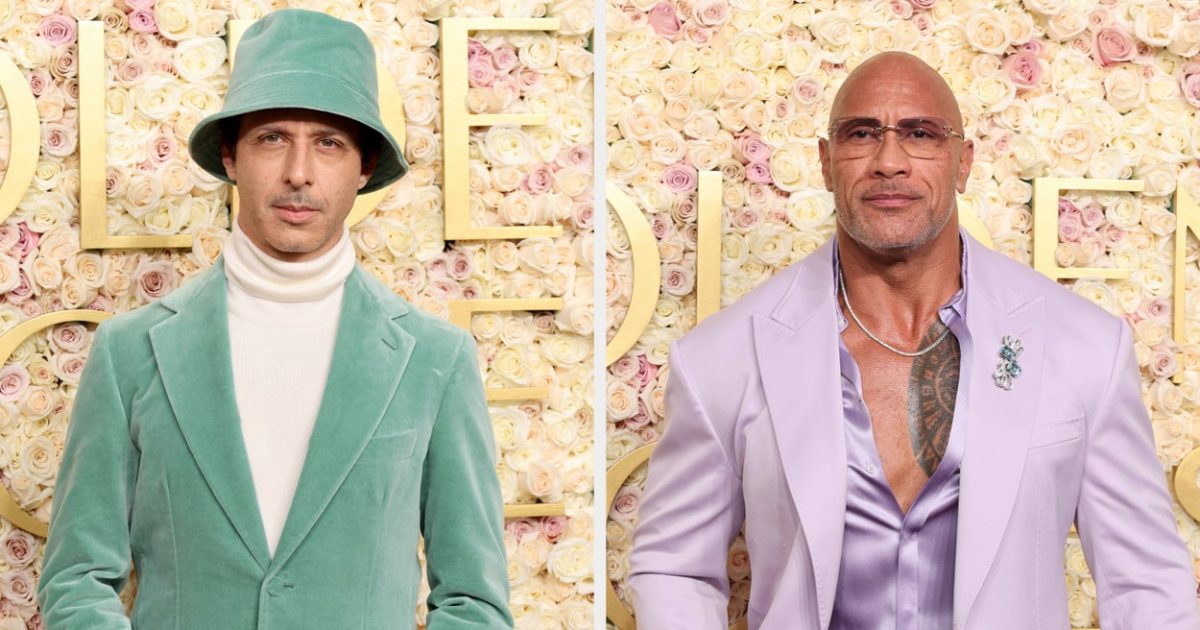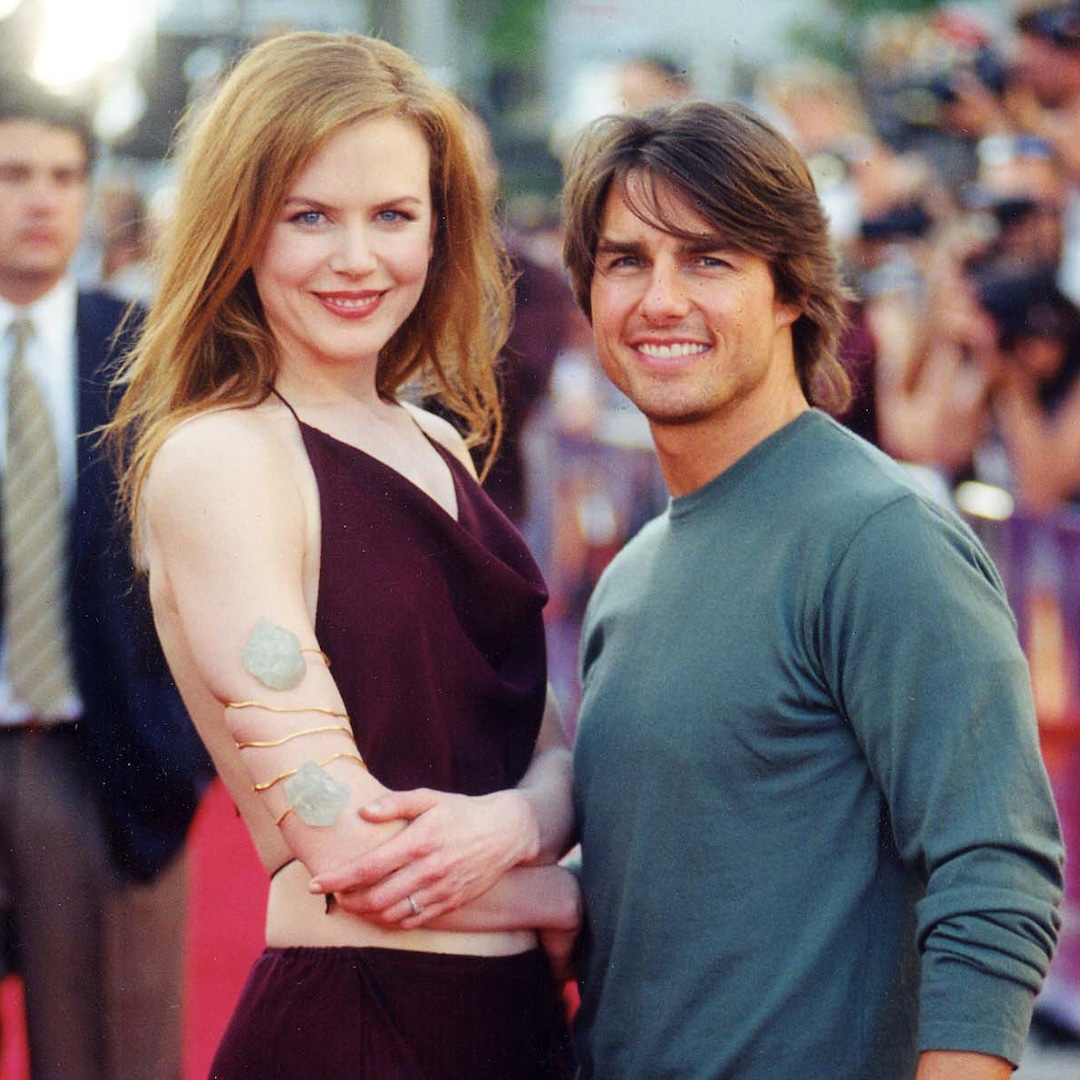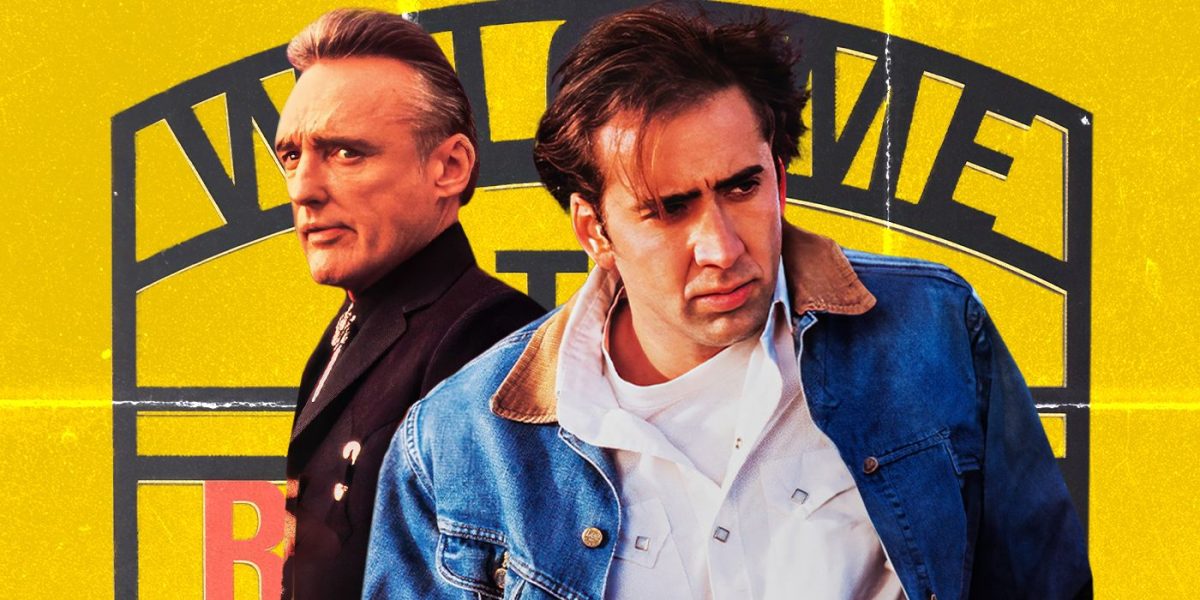
Nicolas Cage and Dennis Hopper Teamed Up for One of the Greatest Neo-Noirs Ever Made
Jun 13, 2024
The Big Picture
Neo-noir deviates from classic black and white sadism to neon anxiety and sardonic humor.
Red Rock West
cleverly twists noir archetypes and tropes to create realistic, self-aware characters.
John Dahl’s direction marries noir and Western elements, exploring capitalist desperation and American identity.
Noir is a genre that’s been such a cinema staple that even its “clever” subversions that were supposed to break the mold got labeled “neo-noir.” A new generation of cinephiles know noir not as one full of black and white shots of tragic nihilism and people constantly smoking, but instead as a genre full of neon lit existential anxiety and clumsy fools crossing paths with each other. Where we once had Out of the Past and Kiss of Death, we now have Blood Simple and Drive — sardonic irony instead of cruel destiny. It isn’t hard to find films that fully give a noir story a new engine and fresh coat of paint, but it’s harder to find a film that consistently tweaks the particulars of the story and style while still largely adhering to the classical structure of noir. Such a refined noodling around is what we got in 1993, when one of the best examples of neo-noir was made starring Nicolas Cage and Dennis Hopper, in a film calledRed Rock West.
Red Rock West (1993) A man down on his luck stumbles into a small town where he’s mistaken for a contract killer. Given a large sum of money to eliminate a local’s wife, he opts to alert her rather than commit the crime. This choice propels him into a complex and perilous situation involving double-crosses and deadly confrontations, as he desperately attempts to extricate himself from the deadly confusion.Release Date April 8, 1994 Director John Dahl Runtime 98 Minutes Main Genre Drama Writers John Dahl , Rick Dahl Expand
What Is ‘Red Rock West’ About?
Michael (Cage) is just looking for honest work, as a good man living out of his car with barely any money to his name, shut out of most work opportunities due to a bad knee injury from his time in the Marine Corps. He’s told that there’s work in the nearby town of Red Rock, where he wanders into a bar run by Wayne (J.T. Walsh), who asks if he’s “Lyle from Dallas.” Mike says yes, thinking he just wants a new bartender, but no, Wayne wants him to kill his wife, Suzanne (Lara Flynn Boyle). Mike clearly doesn’t want to, but goes along with it in the hopes of getting the money while getting away without killing anyone. He tries to confront Suzanne, who insists that she’ll give him twice the money Wayne promised if he doesn’t kill her, which he readily agrees to. This triggers a series of dominoes that neither could have seen coming, made all the worse by the fashionably late arrival of the actual Lyle From Dallas (Hopper), who’s just here to do his job. On paper, from a distance, this is a pretty bog-standard noir you’ve seen before (except for how frequently the film straddles a line between sincere and comedic) the old-fashioned structure fusing beautifully with the postmodern sensibility.
Related Dennis Hopper Put a Gritty Twist on Tom Ripley in This Neo-Noir The New Hollywood rebel was an unexpected choice to play Patricia Highsmith’s career conman.
If you look at each of the four prominent characters in this story, they all perfectly fit the noir archetypes in terms of their outlines. Michael is a hapless loser who’s trying to desperately control a bad situation, Suzanne is a femme-fatale who tries to use her allure to get what she wants, Wayne is a scummy opportunist who just wants his problems to go away, and Lyle is a wild card hitman who’s a danger to everyone, including himself. But when you see how these people actually operate, you see all the ways in which they poke out of the conventions in a way that would be called “self-aware” if the film were trying harder to be a comedy.
Michael may be destitute and in need of saving, but he’s a genuinely kind soul who’s true to his word about not wanting to hurt anyone. Suzanne is trying to escape an unhealthy marriage and may have a genuine liking for Michael. Wayne is actually the sheriff of the town, a shocking swerve from a genre where the orchestrators of doom were usually people outside the law (or at least middle-class people stuck trying to scrape a living) rather than the head of a government body. Lyle is still a genuine menace, but he’s also deeply insecure and too eager to be friendly as a guy who claims to be a cold-blooded mercenary. It’s charitable to claim it makes these characters feel more “realistic” (it’s still noir through and through), but it expands the possibilities of what could happen to each character, constantly shaking them up like jumping fleas in a desert town-shaped jar.
Nicolas Cage and Dennis Hopper Lean on Their Strengths
With a quartet of characters like that, it gives its four leads ample room to make their own impressions in ways that fit within their respective wheelhouses. Evoking his rebel bad boy in Wild at Heart, Cage pulls you in with his sense of integrity, as his pure heart is constantly beaten down and on the brink of giving in to his dark side by everyone around him. Noir typically takes morally shaky people and proves how degenerate they truly are deep down, but Cage is so earnest and dogged in his commitment to doing the “right” thing in this world that it makes him endearing. As Suzanne, Boyle initially arrives cold and suspicious, having to approach Michael as someone who’s most likely to kill her. Once she realizes he’ll be on her side, she gradually warms up to him, and the two develop a rapport that’s largely on her terms, with Boyle slipping nicely into an area between tentative infatuation and silky seduction. To quote her best line, “marriage is a state of mind,” and she easily sells how far her mind has drifted into wanting to make a change to her situation — not too dissimilar from Boyle’s iconic role as Donna in Twin Peaks.
As for the antagonists, Walsh is delicious as the king of a termite hill who won’t give up his small stake in life. Walsh was one of the great character actors of the 1990s, popping up in films like Pleasantville, A Few Good Men, and Sling Blade, usually as authority figures who epitomized classic masculine ideals and wouldn’t back down from other people telling them what to do. Wayne thinks he’s a smooth operator who’s never faced major pushback from anyone in the comfort of Red Rock, so consider his shock when Lyle finally rolls into town.
At this point, Hopper’s reputation for being a hopped-up mad man on screen was well established, with his performances in Apocalypse Now, Blue Velvet, and his Oscar-nominated turn in Hoosiers. Lyle is nowhere near as bonkers as the likes of Frank Booth, but he makes for an oddly magnanimous killer, particular in his choice of alcohol and being possibly resentful of Michael’s goodness. He feels like a person who rarely gets respect from anyone, latches onto any perceived slight, and is quick to cut down anyone who tries to assert themselves over him. Killers in noir have frequently been chaotic and even insecure, but few are so abjectly wanting the approval of others while still being serious threats, and that fits perfectly with Dennis Hopper’s genius for channeling chaos into controlled outbursts that make him feel wounded rather than simply “crazy.”
John Dahl’s Direction Stretches the Noir’s Possibilities
If there’s one element of the film that separates it from the rest of standard noir, it’s John Dahl’s direction, taking a straightforward yarn and turning it into a stylish exercise in capitalist frustration. Marc Reshovsky’s cinematography creates a stark contrast between the boiling heat of the outer desert region with the sleek and grainy lighting of Red Rock’s domestic buildings. The lights often cast shades of harsh red and chrome blue on those under its glare, evoking the American flag’s colors, which casts the story under a subtextual haze of desperate survival under America’s capitalist system. This is especially true considering the town is set in the middle of the desert (the landscape of the Western, a genre built on America’s manifest destiny mythology) and it spins a web about the ugly truths of one of the true pillars of American identity: acquiring money.
All the characters’ lives are dominated by the need for money, and every choice made comes down to the money they hope to make after doing the deed. Many a noir has been about that notion, but few have had the forethought to frame a noir in the trappings of a Western, nestling the ugly nightmare of what America actually is inside the glossy dream of what America thinks it is (or wants to be). Dahl made sure to put not too fine a point on the fact that the sheriff wears a cowboy hat, a safe full of money is an important MacGuffin, and a train serves as a getaway vehicle.
But even if you’re someone unconcerned with any meatier subtext or attempts at profundity, the film is a rip-roaring 100 minutes of pure fun. It’s four vastly different actors, all operating on completely different frequencies, yet totally in sync with each other thanks to Dahl’s precise direction. It’s a film that shows how noir doesn’t have to follow the dictates of its ancestors to have its old soul stay intact, allowing itself the freedom to not shoot everything from harsh angles, but to still give us those classic window-blind shadows cast across the faces of those imprisoned at the moment. It has dialogue that crackles and whips with tension and humor without resorting to adopting a Mid-Atlantic swagger and Ernest Hemingway-level terseness. Perhaps, most impressively, it shows that not all souls must be corrupted by being in the land of shadows on every street corner. Sometimes, in order to venture through the darkness and come out the other side as a good man, you need to have the power of Ghost Rider on your side.
John Dahl had a nice run in the ’90s as one of the great neo-noir crafters of the modern day. Starting with Kill Me Again, a fun twist pile starring Val Kilmer, Dahl proved himself to be adept at using noir conventions and applying different flavors to them. Kill Me Again felt like him figuring out how to properly orchestrate the perfect domino set, while his follow up, The Last Seduction, harkens back to the classic “bad girl” melodramas of the 1940s with an iconic Linda Florentino performance as a scheming woman who will get what’s hers, going right for the audience’s throat with its sexuality and black-heartedness. Comparatively, Red Rock West feels more like a light ribbing of the genre, using the humor it can find to present a slightly more jovial rendition, poking the tongue lightly in the cheek. This streak shows how confident he was in this niche, and makes you wish he could have had more chances to experiment.
Red Rock West is available to buy on Amazon in the U.S.
Buy on Amazon
Publisher: Source link
The Internet Has Officially Lost It Over Andrew Garfield's Slutty Glasses
That man knew exactly what he was doing with those glasses.View Entire Post › Disclaimer: This story is auto-aggregated by a computer program and has not been created or edited by filmibee.Publisher: Source link
Jan 9, 2025
Armie Hammer Lands First Movie Role Since Cannibalism Allegations
Armie Hammer Cameos As “Kannibal Ken” in Music Video 4 Years After Cannibalism ClaimsArmie Hammer is heading back to the big screen. More than one year after the Los Angeles Police Department ended their lengthy investigation into the Call Me…
Jan 9, 2025
20 Best Dressed Men At The 2025 Golden Globes
20 Best Dressed Men At The 2025 Golden Globes The televised portion of awards season is here! On Sunday night, the Golden Globes were held in Los Angeles, kicking off what looks to be a lively next several months of…
Jan 8, 2025
Tom Cruise & Nicole Kidman’s Son Connor Shares 2025 Update in New Pic
Tom Cruise and Nicole Kidman's Son Connor Cruise Golfs With Crocodile in New PostTom Cruise and Nicole Kidman's son is teeing up for a great year. Connor Cruise recently kicked off 2025 at the links, swinging by Lost City Golf…
Jan 8, 2025








